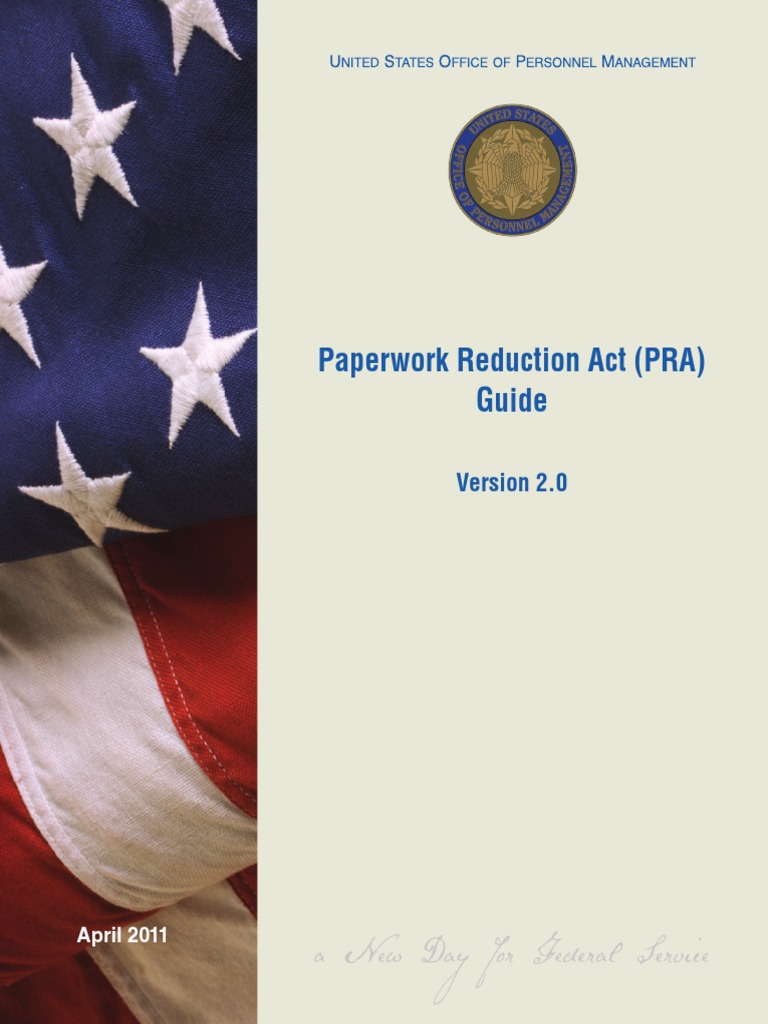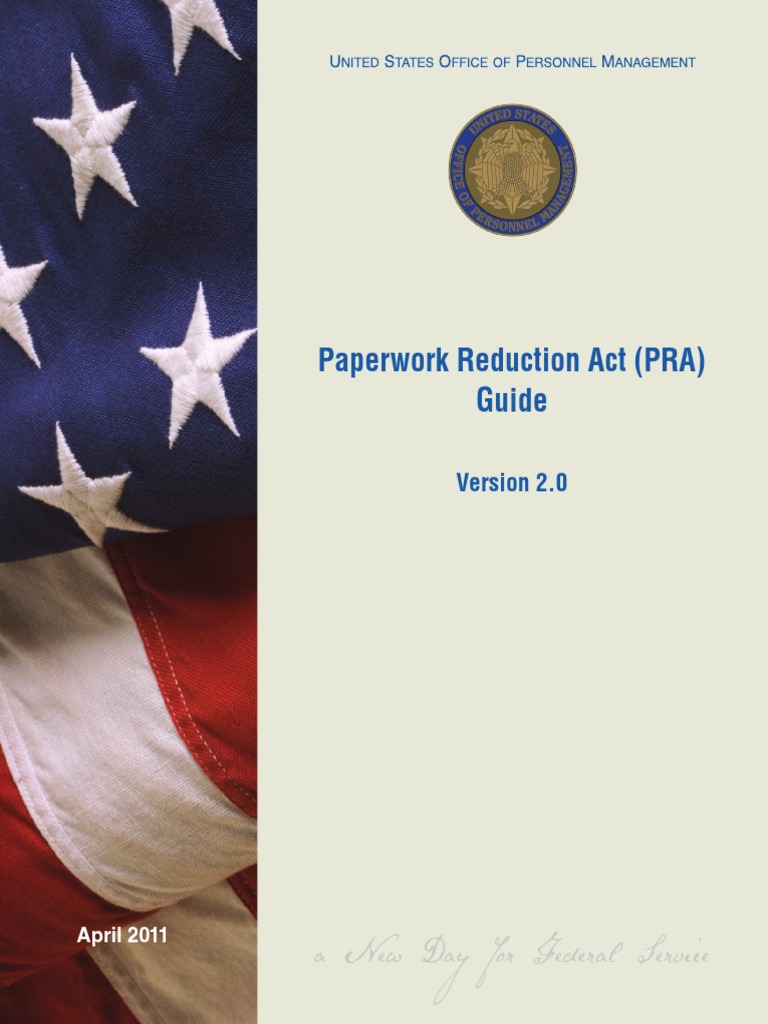Does Macpac Comply with Paperwork Reduction Act Rules?

When it comes to managing administrative burdens, businesses and government entities alike need solutions that streamline documentation processes while adhering to regulatory standards. One such regulation in the United States is the Paperwork Reduction Act (PRA), established to minimize the information collection burden on the public. The question arises: does Macpac, a hypothetical software designed for paperwork management, comply with the PRA rules?
Understanding the Paperwork Reduction Act

The Paperwork Reduction Act, enacted in 1980 and last amended in 1995, sets out to:
- Reduce the burden associated with the collection of information by government agencies.
- Ensure federal agencies justify their need for information collection.
- Standardize the process of collecting and managing information.
- Provide the public with a mechanism to comment on proposed information collections.
📝 Note: The PRA applies to federal government agencies, not private companies, unless they are collecting information on behalf of the government.
Macpac’s Compliance Features

Macpac, as a software solution, has several features that align with the PRA requirements:
Standardized Data Collection Forms

Macpac offers:
- Customizable and standardized forms that facilitate consistent data collection.
- An Intelligent Form Designer to ensure forms meet PRA requirements.
| Feature | PRA Compliance |
|---|---|
| Customizable Forms | Allows for government-specific information collection needs |
| Form Validation | Ensures data quality, reducing the need for resubmission |
| Automated Notifications | Can notify users of upcoming or missed submissions |

Online Submission and Storage

Macpac supports:
- Online data submission to meet PRA’s requirement of reducing paperwork.
- Secure storage and backup for compliance with information retention policies.
🔒 Note: Secure storage includes compliance with cybersecurity standards to protect sensitive information.
Public Participation

The software encourages:
- User feedback for form development.
- A user-friendly interface for easy access to information collection notices and instructions.
How Macpac Aligns with PRA Requirements

Macpac’s design and functionality directly address key components of the PRA:
Justification for Information Collection

By incorporating:
- Pre-configured templates that help agencies provide required justifications.
- Record-keeping features for documenting why and how information is collected.
Minimizing the Burden

Macpac:
- Uses data validation to minimize errors, thereby reducing the need for resubmission.
- Offers auto-fill capabilities to streamline user input.
- Provides automatic collection notices to keep users informed.
Public Comment Mechanism

Macpac enables:
- Integration with agency communication channels to facilitate public comments.
- Documentation of comments received, addressing the PRA’s public participation requirement.
Real-World Applications of Macpac

Although Macpac is hypothetical, here are some examples of how similar systems might work:
Environmental Data Collection

The Environmental Protection Agency (EPA) could use Macpac to:
- Standardize data collection from industrial facilities.
- Automatically notify these facilities when reports are due.
- Provide a platform for public comments on proposed environmental regulations.
Education Statistics

The Department of Education might leverage Macpac to:
- Streamline data collection from schools and universities.
- Ensure consistent and accurate educational statistics reporting.
- Facilitate public feedback on data collection practices.
Legal Considerations for Compliance

It’s important to understand:
- Macpac, or any similar software, must be designed with compliance as a core feature.
- Regular updates are necessary to keep up with PRA amendments.
- Documentation and recordkeeping play a critical role in proving compliance.
Throughout this exploration, we’ve delved into how Macpac, our hypothetical software, can align with the Paperwork Reduction Act’s requirements. By minimizing the burden on the public, ensuring secure data storage, and facilitating public participation, Macpac serves as a comprehensive tool to manage and streamline information collection for government agencies.
Summing up, while there’s no one-size-fits-all solution, the key points that stand out are:
- Compliance with PRA’s intentions - reducing the public’s information collection burden.
- Offering standardized forms and processes to ensure data quality and efficiency.
- Providing mechanisms for public involvement in the information collection process.
- Ensuring secure data handling and storage in line with cybersecurity standards.
What is the purpose of the Paperwork Reduction Act?

+
The main purpose of the Paperwork Reduction Act is to minimize the information collection burden on the public by federal agencies. It requires agencies to justify their need for information, standardize data collection processes, and provide opportunities for public comments.
How does Macpac help in PRA compliance?

+
Macpac helps by offering features like standardized forms, online submission, secure storage, and mechanisms for public feedback, all of which align with the PRA’s objectives of reducing burden and standardizing collection processes.
Can private companies use Macpac for information collection?
+While the PRA applies to federal agencies, private companies collecting information on behalf of the government could benefit from using Macpac for compliance with those regulations. However, without an explicit government contract, there’s no legal obligation for private companies to comply with the PRA.



